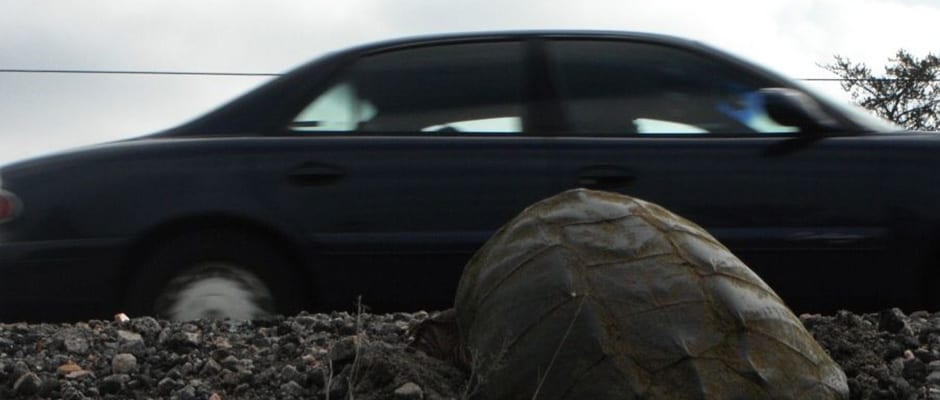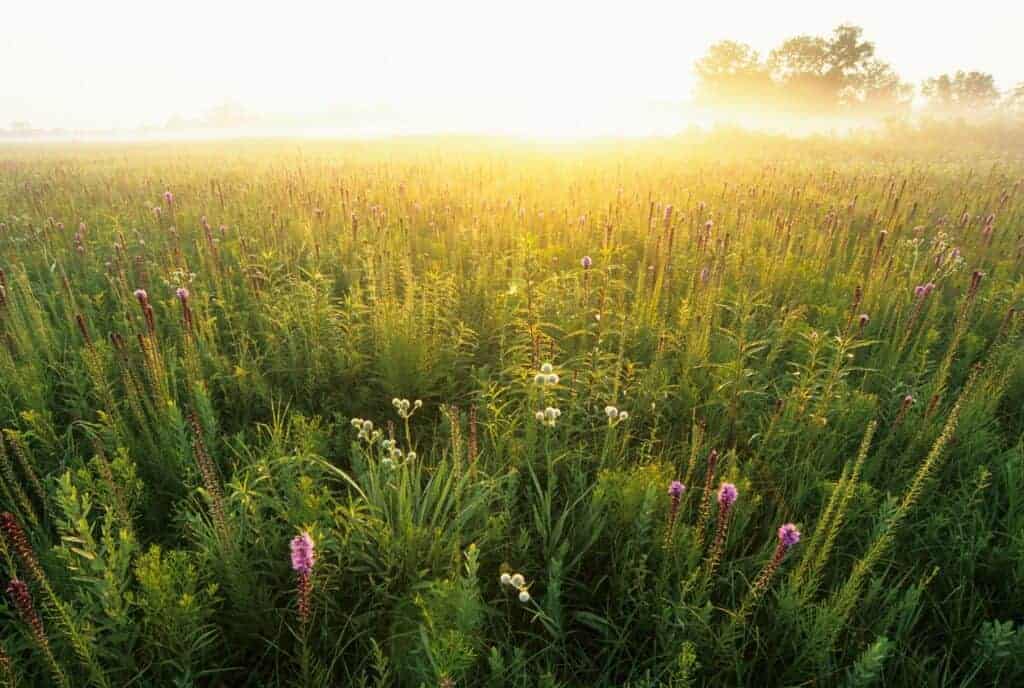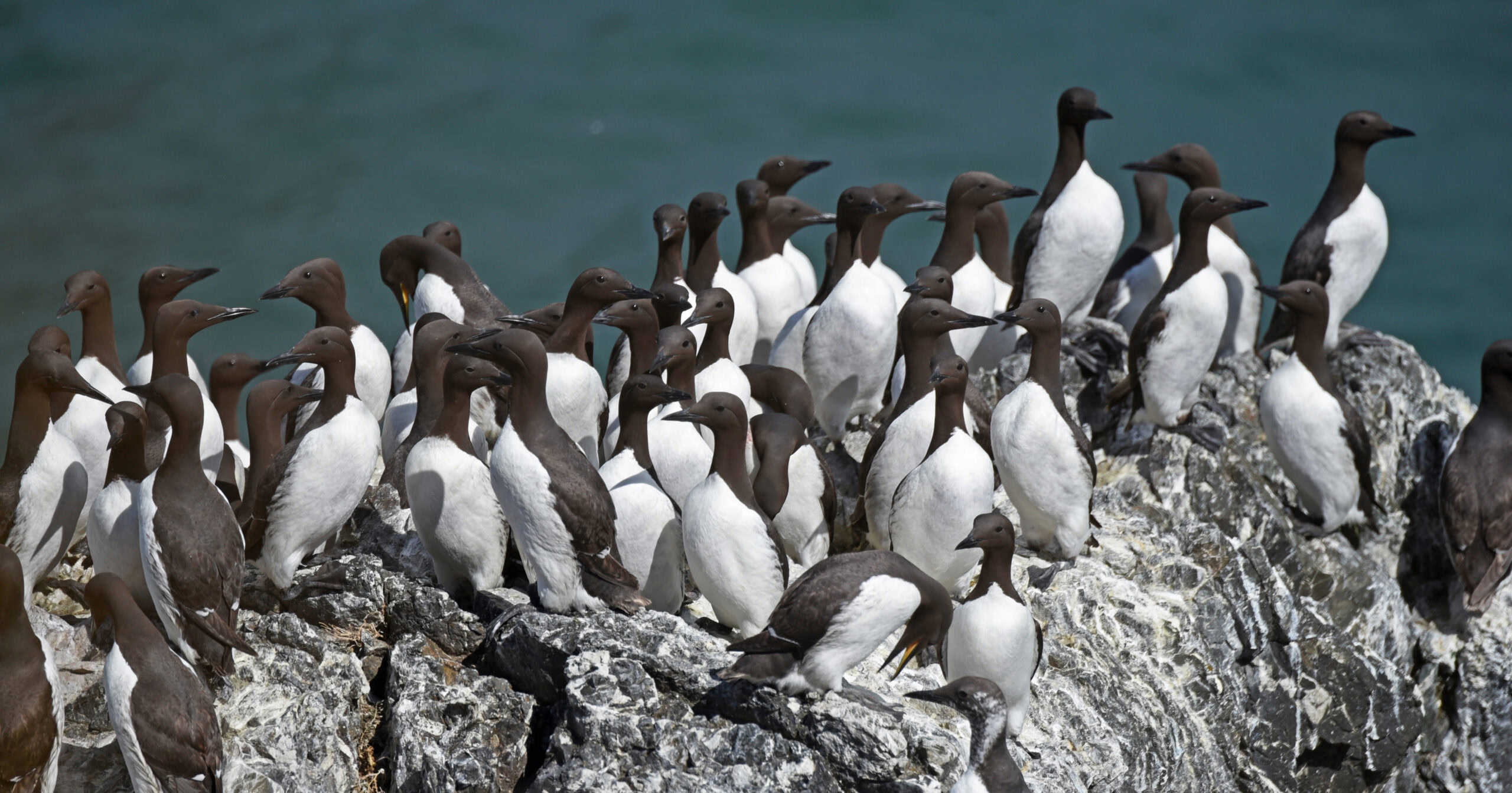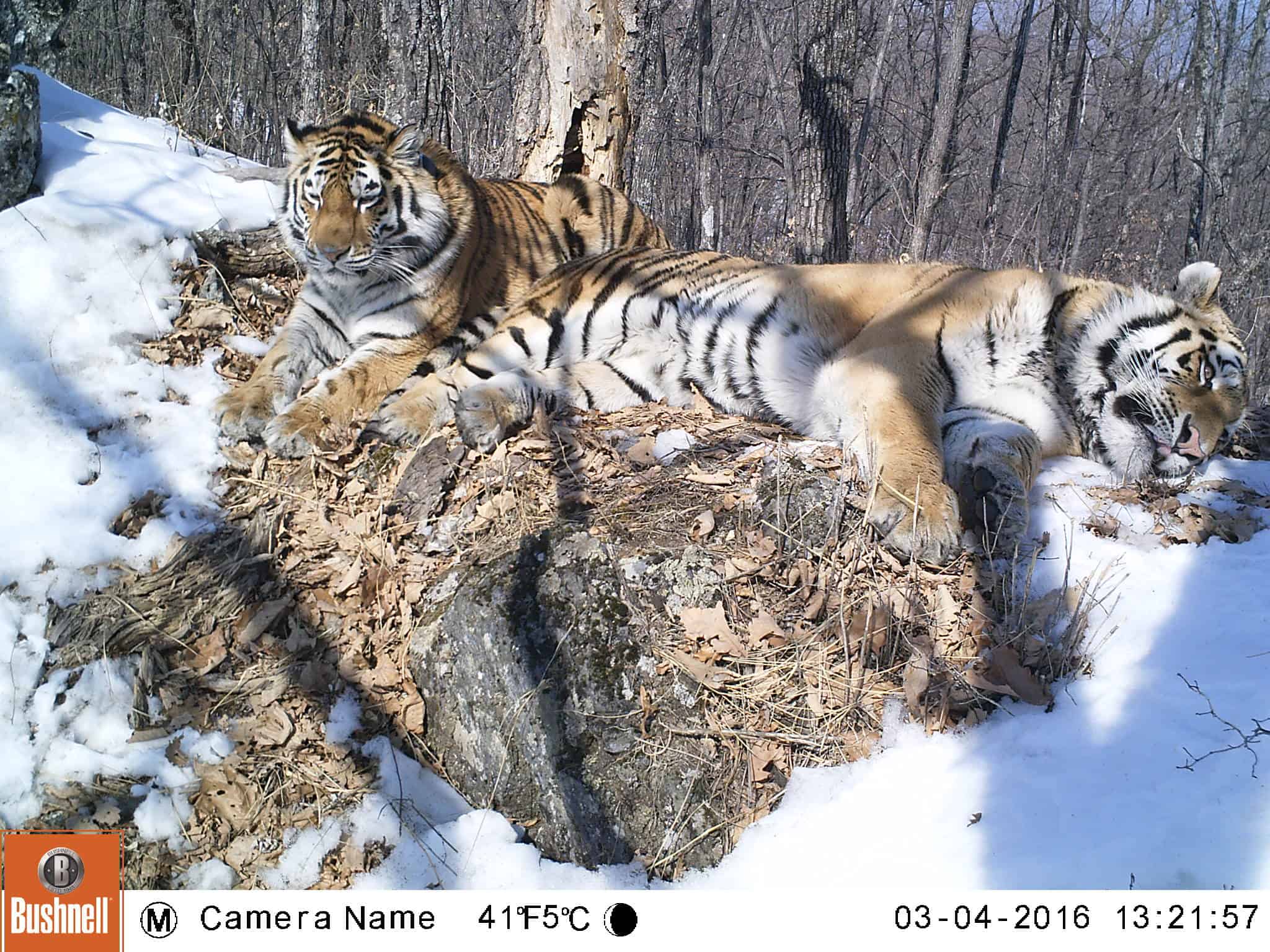Share this article
Bad Fences May Lock Wildlife in Dangerous Highway Corridors
Poorly-built fences lining highways may lock reptiles in a deathtrap unless they are done properly, according to new research.
“If you want road mortality mitigation to work for small animals like reptiles, the bottom line is you need good fences,” said Jacqueline D. Litzgus, a biology professor at Laurentian University and the senior author of a study published yesterday in PLOS ONE.
Litzgus and a team of students and researchers conducted a two-year study that examined whether wildlife fences and tunnels allowed migrating reptiles to make safer passages across busy highways in Ontario.
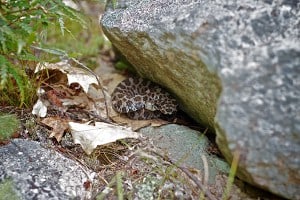
The massassauga rattlesnake was one of several reptiles observed killed or crossing highways in Ontario.
Image Credit: Static416 via flickr
The study was conducted along Highway 69 in northern Ontario — an area that sees a large amount of traffic due in large part to the fact that it connects nearby Toronto to popular lake cabin destinations in Georgian Bay.
The so-called ecopassages — basically tunnels that passed underneath the highways to allow animals safe passage — were built to mitigate some of the habitat fragmentation caused by the road. Various turtle species in the area hibernate in the wetlands to the east of the highway then migrate to the Georgian Bay in the summer to nest.
June is the worst fatality time for the turtles as it is prime migration season, and Litzgus said that it is often the females who die on the highway. “The animals still want to make their natural migration.”
Chain link fences line many of the dangerous crossing areas to stop larger ungulates like moose (Alces alces) or deer from crossing, but a heavy-gauge, plastic geotextile lines the bottom of the fence, rising to a height of around 30 inches, to keep smaller animals like turtles and snakes off the road. The idea is that these fences will funnel the animals toward the ecopassages where they can safely pass under the highway.
But Litzgus’ study shows that the geotextile fabric often breaks down overtime, allowing turtles and snakes an easy entry to the highway area. And once they are inside, they can’t always find their way out, even if they do manage to cross the road safely.
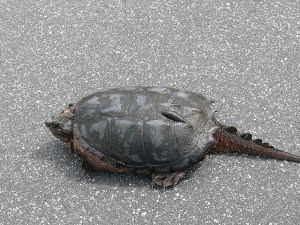
A snapping turtle with a leech crossing Highway 559 near Ontario’s Killbear Provincial Park.
Image Credit: Jennifer Aitkens, via flickr
“They were like pinballs going back and forth across the road,” Litzgus said. “We actually recorded higher mortality rates once the fence was put into place,” she continued, adding that the mortality went up by around 20 percent when the fences were in place. In at least one case, a female snapping turtle ended up nesting on the shoulder of the highway, and in some instances, researchers found flattened hatchlings. “When it’s not a good fence the system fails.”
The team conducted the study over two consecutive summers, “road-cruising” down eight-mile stretches of highway three times a day recording any site of reptiles from vehicles. They also walked two, 1.2-mile stretches of highway each day — one with fences and ecopassages and one without. The study also looked at one stretch of highway the year before and the year after fences and ecopassages were built. In the end, nearly 2,000 surveys were conducted by students and researchers, who counted every reptile — dead or alive — they came across in the summers of 2012 and 2013.
They found almost 900 individual reptiles on the road taking all study sites into account, and the results were depressing. Between 68-90 percent of the animals were dead, depending on the different sites and date. Species that were found on the road included snapping turtles (Chelydra serpentina), painted turtles (Chrysemys picta) a threatened population of Blanding’s turtles (Emys blandingii) as well as threatened massassauga rattlesnakes (Sistrurus catenatus catenatus), garter snakes (Thamnophis sirtalis), northern redbelly snakes (Storeria occipitomaculata occipitomaculata) and smooth greensnakes (Opheodrys vernalis).
Another disturbing finding the researchers made was that some turtles actively avoided the ecopassages, sometimes crossing the highway right above the tunnels or culverts. Painted turtles have the ability to use the sun as a kind of geographic honing device to find their way home when lost. The researchers took 54 of the turtles and released them across the road from their watery homes, directly beside an ecopassage.
“They weren’t real keen on entering,” Litzgus said, adding that sun-loving reptiles tend to avoid dark places. Instead many of them would hang around and get their bearings, then move off in the wrong direction or refuse to budge.
A combination of camera traps set up on the ecopassages and eye-witness sightings only counted 12 observations of reptiles using the safe tunnels, while reptiles crossed the highways directly around the ecopassages used the passages 127 times.
But there was some preference. A culvert in one area built to allow the natural passage of water under the highway was more popular among reptiles than the ecopassages, suggesting to Litzgus that when tunnels or passages are built, they should take the natural ecosystem patterns of the area into account.
“Not only does your fencing have to be good,” Litzgus said, but you have to put it in the right spot. “You have to know something about your animals before you choose locations.”
Header Image:
Snapping Turtle is shown nesting beside the road.
Image Credit: James Baxter-Gilbert



